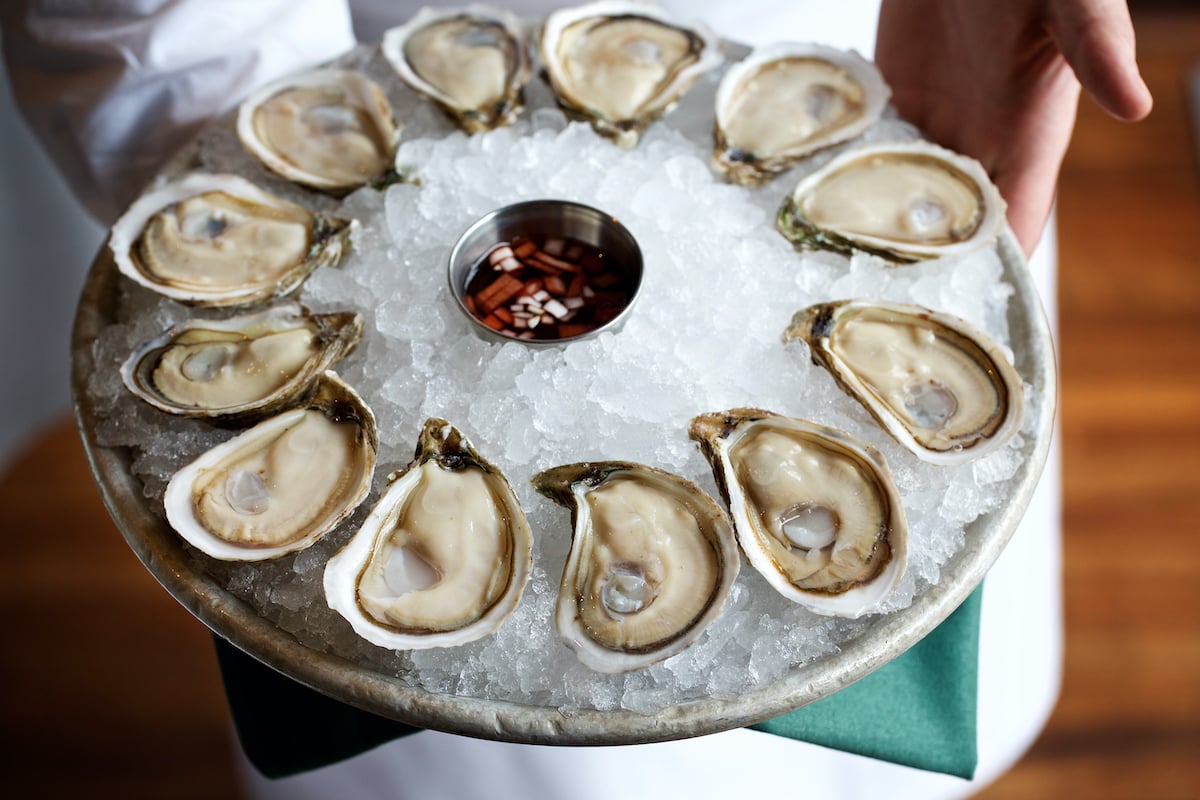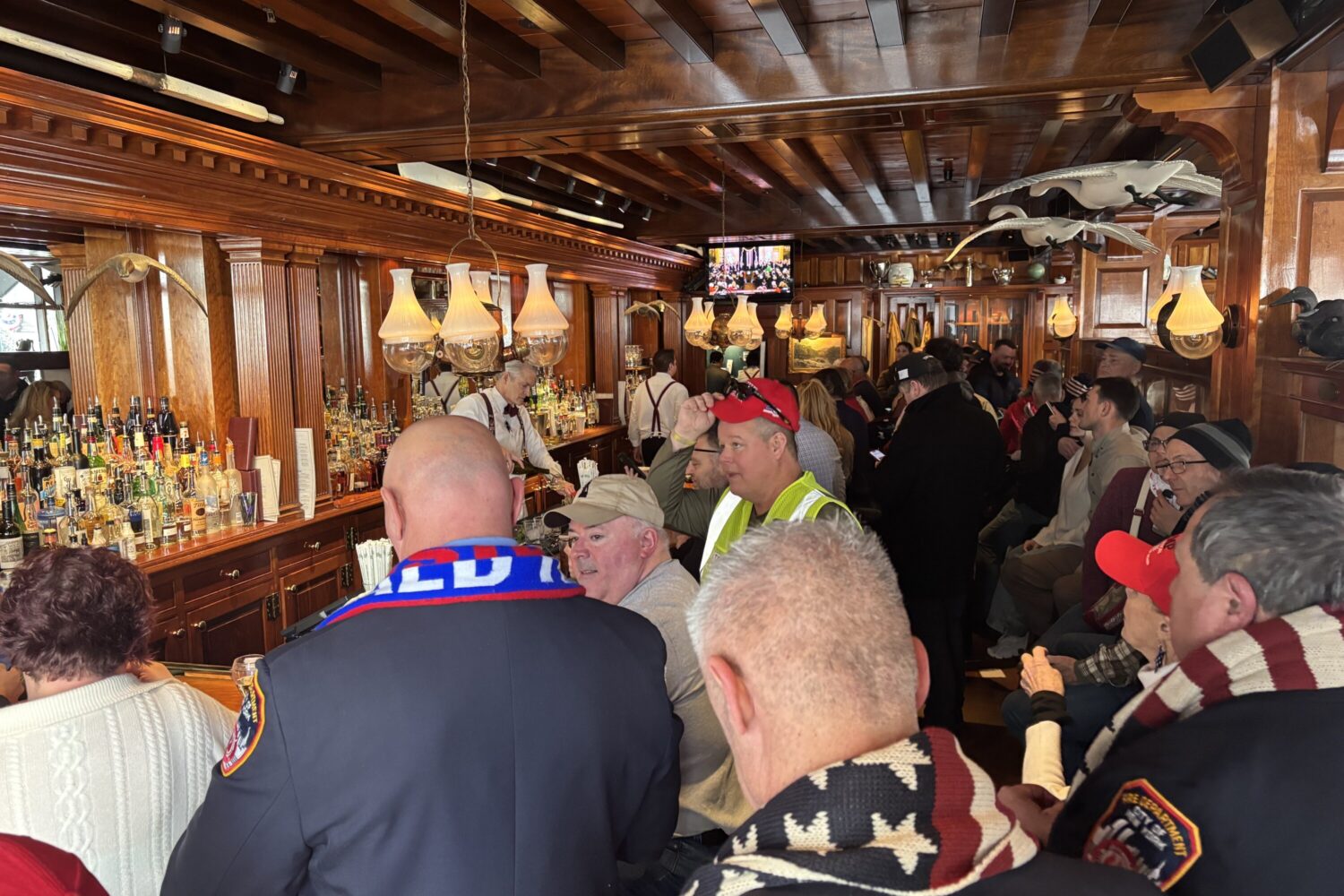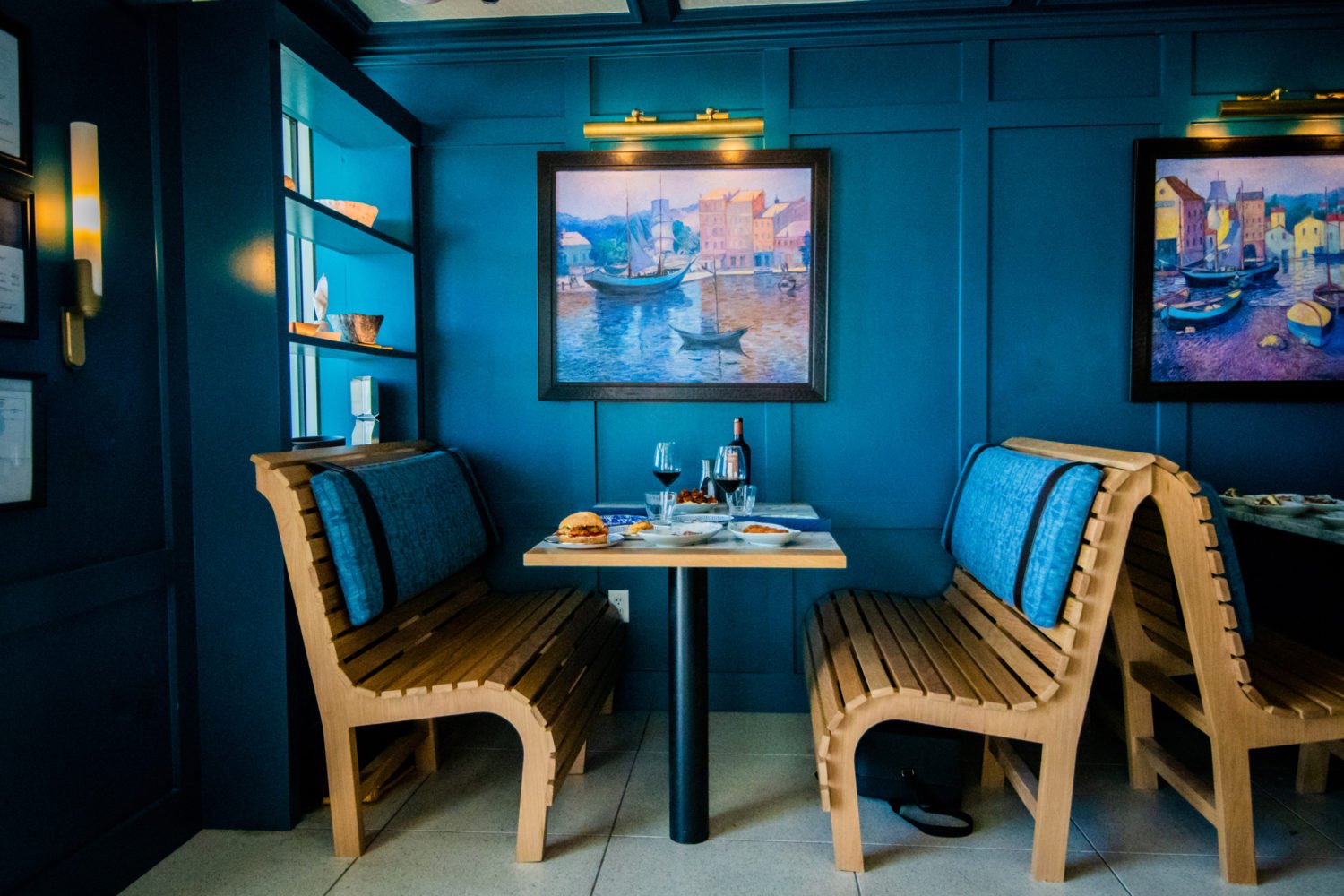One of Washington’s busiest raw bars, the Old Ebbitt Grill, has temporarily halted the sale of uncooked oysters following the discovery of vibrio bacteria in several bivalves during routine testing. The downtown DC institution typically serves a whopping 3,000 oysters a day, many of them on the half-shell thanks to the popularity of the White House-adjacent restaurant and its raw bar happy hour. All six DC-area Clyde’s restaurants also have paused their raw oyster programs over the past 10 days.
Representatives for Clyde’s Restaurant Group (CRG) say that samples from four varieties of oysters tested positive for vibrio—a bacteria that causes vomiting and diarrhea, and in rare instances can be fatal—after being sent to a partner lab in Boulder, Colorado. The tainted oysters were Pemaquid (Maine), Dixon Point (Canada), Belle De Jour (Canada), and Wellfleet (Massachusetts). The restaurant group has kept baked, grilled, and fried oysters on their menus, as cooking kills the bacteria.
Bart Farrell, Clyde’s vice president of food and beverage, says that routine oyster testing is a preventative measure, and that no guests have reported falling ill. Vibrio bacteria, which causes roughly 80,000 illnesses and 100 deaths per year in the US, according to the Center for Disease Control, can sometimes contaminate raw oysters, concentrating in the tissues of the filter-feeders. It’s especially a threat in summer, as warm temperatures can spur algae blooms, and heavy rains can cause runoff from fields and surfaces containing animal or human waste.
Oyster testing isn’t common among individual restaurants, though governmental agencies and fisheries will monitor water quality and shellfish populations for risk of contamination. Restaurants also keep “shell tags” on file—which contain information about an oyster’s origin and shipping—to help trace instances of foodborne illness. Surveillance hasn’t always been so rigorous. The Ebbitt temporarily closed their raw bar in the early ’90s after several nationwide reports of oyster sickening and bacterial outbreaks in fisheries across the country. It reopened in 1994 with the “Oyster Eater’s Bill of Rights,” which includes tenets for serving and safety, such as a rule that oysters must be laboratory tested and “shucked and presented traditionally on an iced platter within five minutes of opening.”
Farrell says that CRG tests samples from all new oyster varieties before putting them on the menu, and if they stay, retests oyster batches every two months. The process isn’t without cost—Farrell says it’s about $250 an oyster, and they typically send a dozen for each test. But he says it’s worth it for a high-volume spot like Ebbitt, which grossed roughly $30 million a year (pre-Covid), partially thanks to its robust seafood program.
“Do we really want to jeopardize our business?” says Farrell. “There’s nothing worse for business than the untimely death of a customer.”
The silver lining to all of these precautions: after a series of new lab tests, three varieties of raw oysters—Dixon Point and Belle Du Jour from New Brunswick, and Summer Love from Prince Edward Island—will be back on CRG’s menus starting August 30. Farrell says he hopes to add more when the lab gives the clear.



















